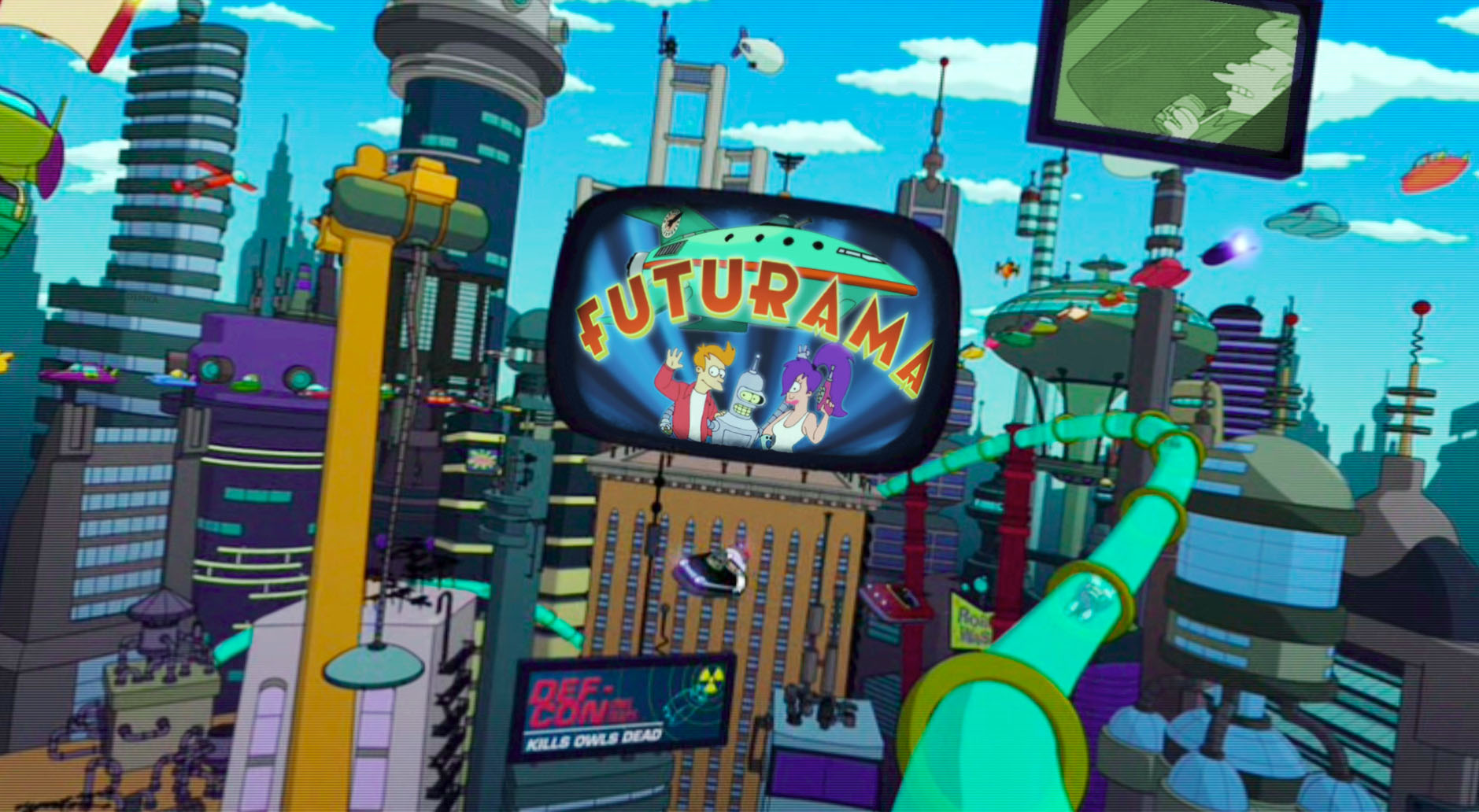Generative AI has come a long way since its inception, paving the way for unprecedented advancements in the fields of AI, machine learning, and data processing. With the advent of models like ChatGPT and Notion AI, generative AI has revolutionized the field of Artificial Intelligence, pushing the limits of what it can achieve.
One of the most significant breakthroughs in generative AI has been the ChatGPT-3, a language processing model created by OpenAI. This model has been making headlines with its ability to write coherent and convincing sentences, paragraphs, and even entire articles. Microsoft has invested heavily in OpenAI, recognizing the potential of this technology, and it has been a game-changer in the field of natural language processing.
It’s not just text – generative AI has also made significant strides in photo generation. Models like StableDiffusion and Midjourney have been rapidly improving, enabling AI to generate realistic images that are almost indistinguishable from those taken by humans. Popular mass graphic design tool, Canva, has already implemented generative AI to create stunning visuals.

Other types of AI generation are also gaining traction. Voice AI, AI avatars, and AI-generated videos are some of the latest developments in this field. These technologies have the potential to create hyper-realistic virtual beings, making them ideal for use in gaming, advertising, and entertainment.
Generative AI has been rapidly advancing, with new developments on the horizon. OpenAI is currently working on an update to its ChatGPT-3 model, which will be called ChatGPT-4. This new model promises to be even more powerful than its predecessor, with enhanced language processing capabilities and the ability to generate even more complex and sophisticated text.
In addition to this, there is a growing trend of people willing to pay for better access to AI technology. For example, Midjourney, one of the photo generation models mentioned earlier, offers a paid plan that provides users with access to more advanced features and higher-quality image generation. Similarly, OpenAI has introduced a new service called ChatGPT Plus, which provides users with access to a more powerful version of the ChatGPT model, along with additional features and functionality.
But some may wonder whether generative AI will replace artists and copywriters. The answer is no. AI is just a tool, like Google or Photoshop, that can help the creative process. Artists and copywriters can use generative AI to generate ideas, automate repetitive tasks, and even improve their workflow. This technology can help them to focus on more complex and creative tasks, such as ideation, conceptualization, and storytelling.
However, some menial jobs, such as basic copywriting and peon work, might be taken over by AI. We can already see this in action with flailing millennial online magazine, Buzzfeed, which has found new life by automating the writing of random articles and quizzes for the masses using AI, reducing their headcount and costs.
As generative AI continues to evolve and improve, it will likely become an even more important tool for artists and copywriters. With new models and services on the horizon, there will be even more opportunities for creative professionals to use this technology to enhance their work and push the boundaries of what’s possible. In the end, generative AI is not here to replace creative professionals; it’s here to help them achieve their vision and bring their ideas to life.
This epoch in content creation, has happened at the perfect time. Generative AI might be just the thing to fix the rut global pop culture has gone into in recent years. With major production houses like Disney in decline due to myopic storytelling, the power of AI can help to come up with better stories. It can also empower and enable a new generation of storytellers to finally be able to tell the stories in their minds, which may result in getting more interesting and more variety of content out there being published.
In conclusion, generative AI is here to stay, and it’s a boon for artists and copywriters everywhere. With its ability to generate text and images, it has the potential to revolutionize the creative industry. While it may replace some menial jobs, it will also create new opportunities for creative professionals to express themselves and push the boundaries of what’s possible.






